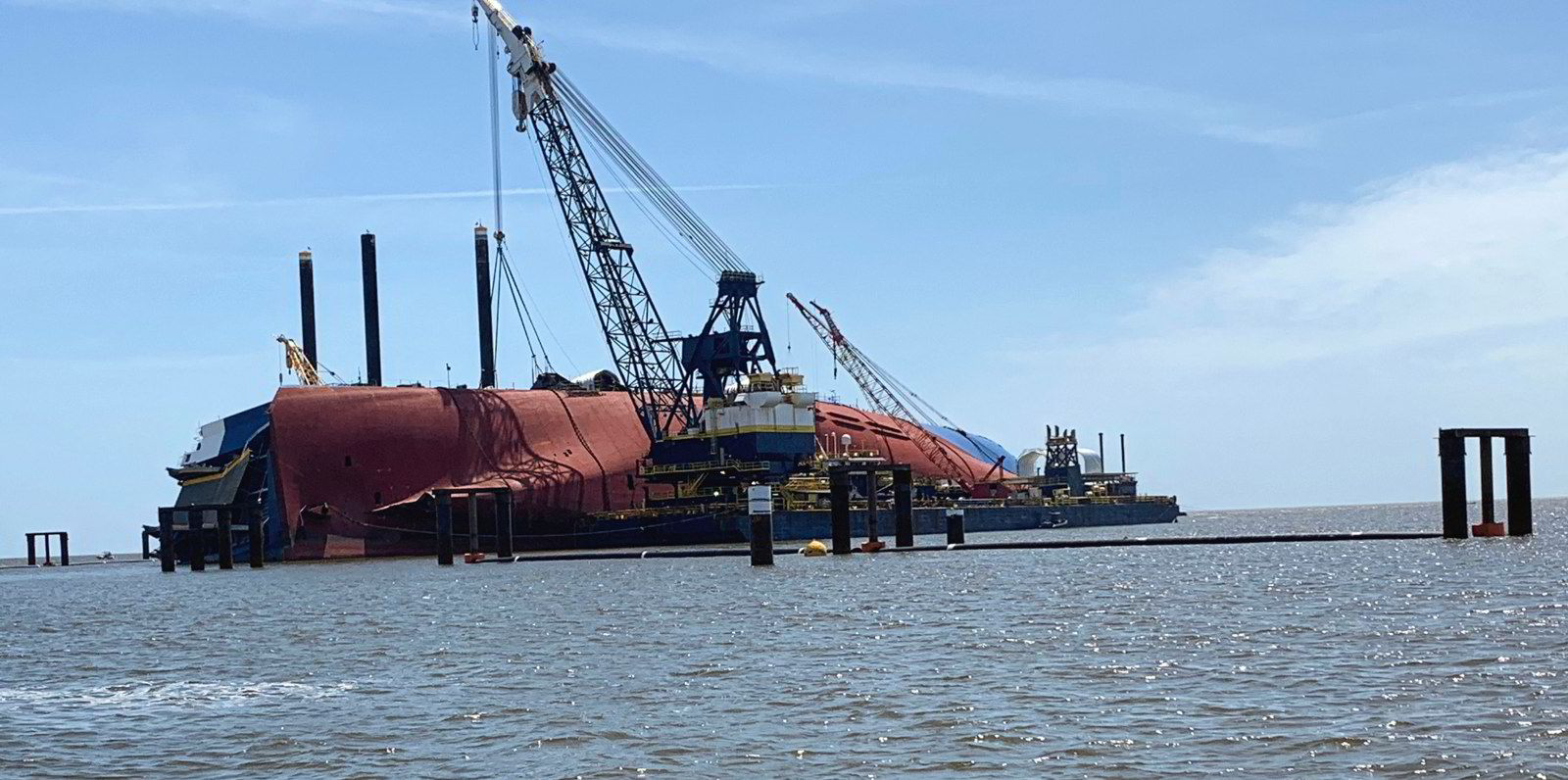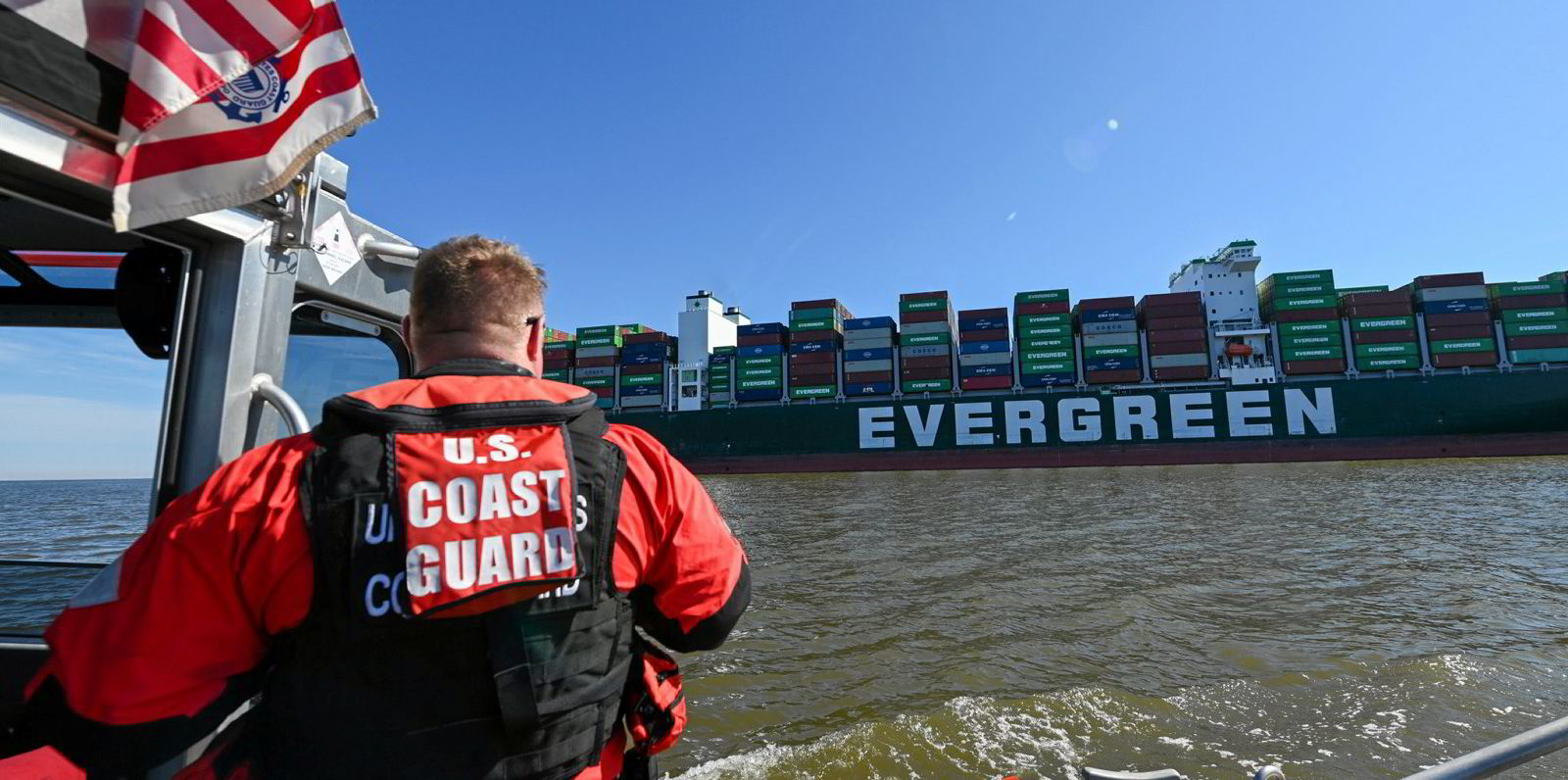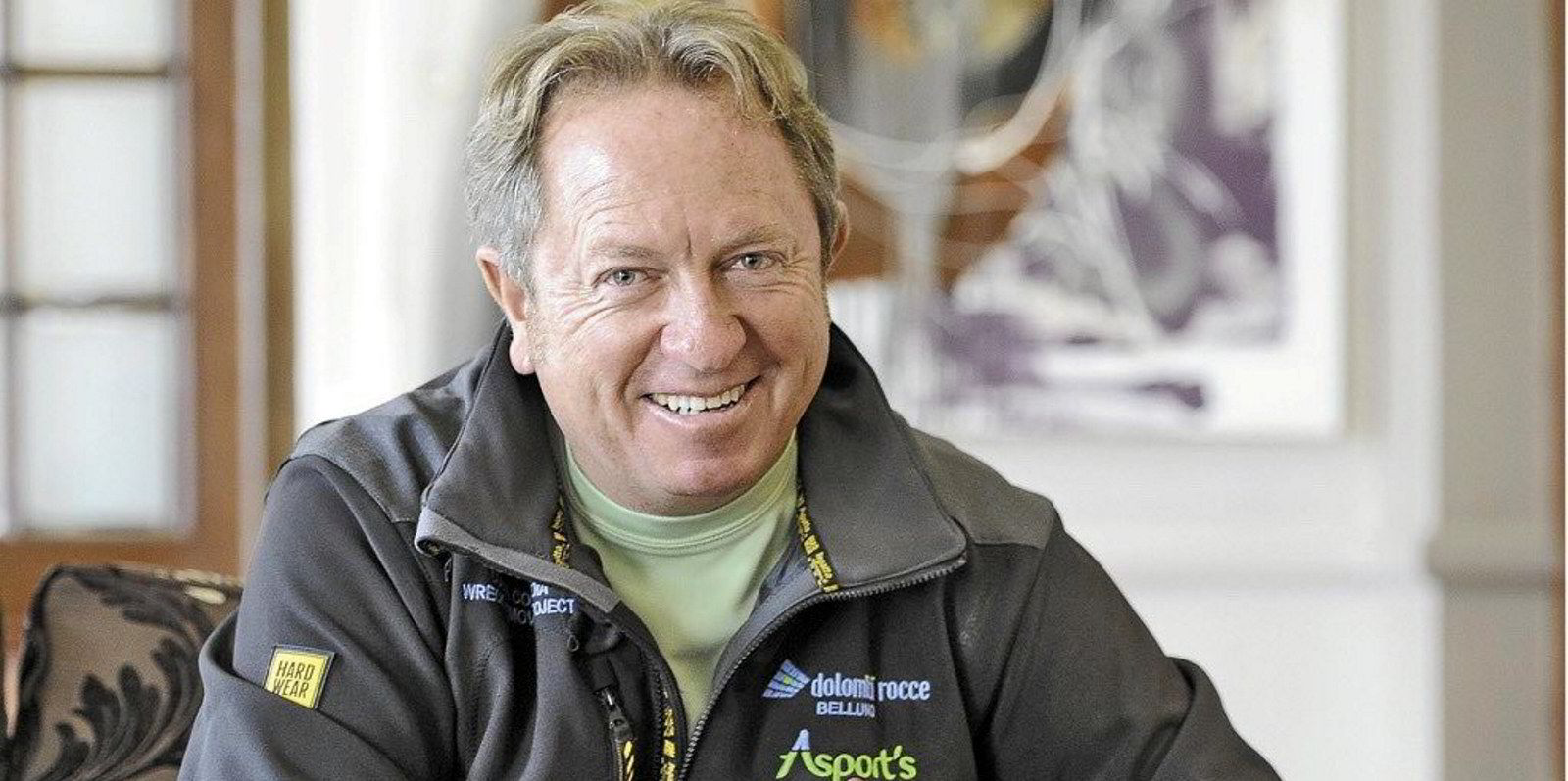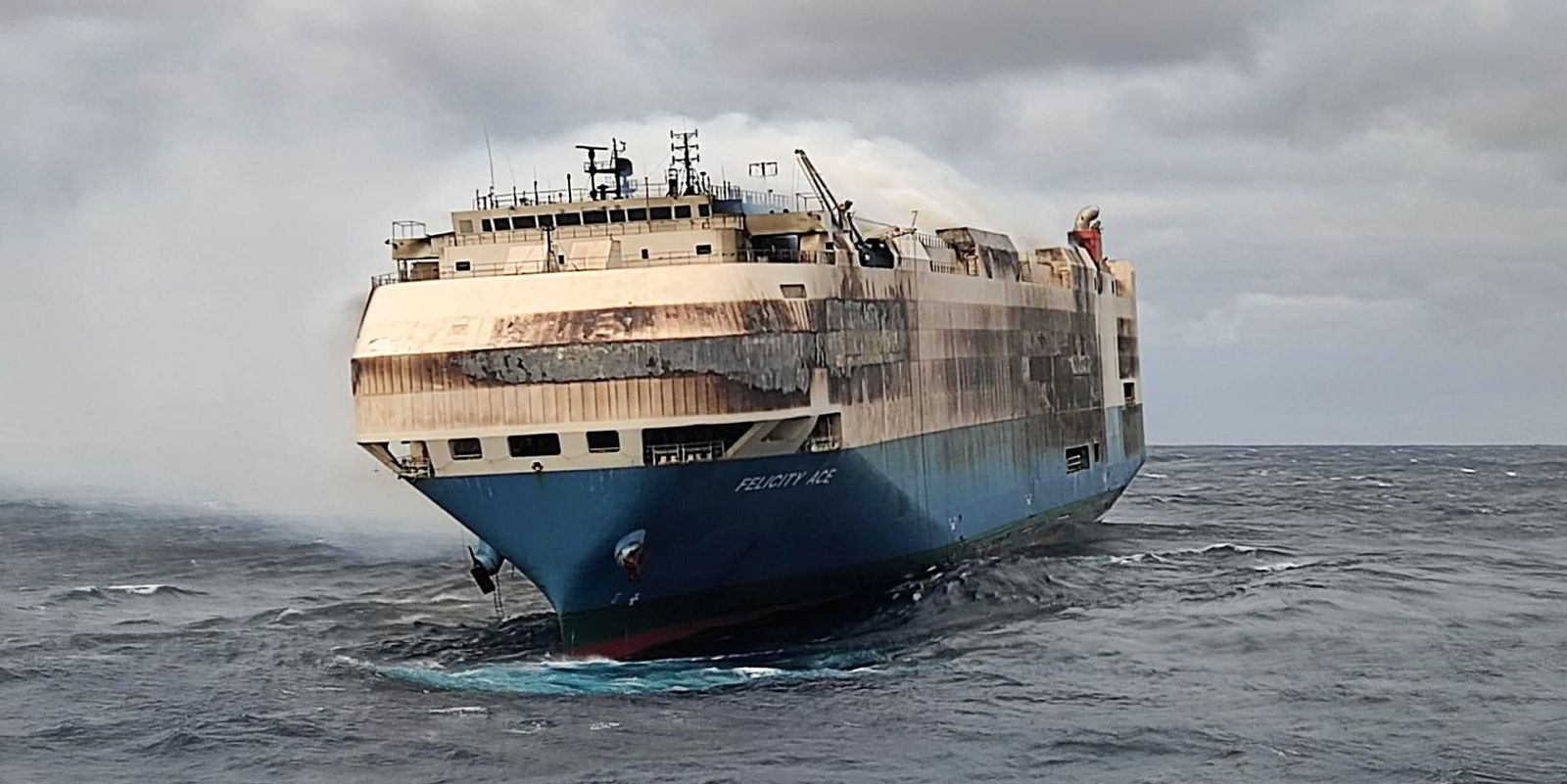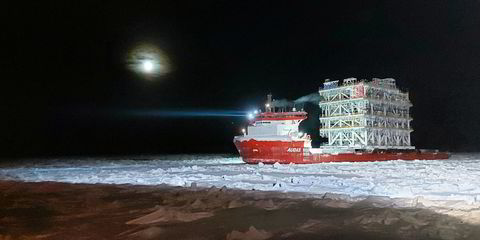More than five months after the ship was finally pulled from the water, opinions still differ on whether or not the Golden Ray's $840m salvage operation was handled properly.
A team of Donjon Marine and Smit Salvage was originally contracted to break up the 71,000-gt, 2017-built car carrier after it ran aground near Brunswick, Georgia, in September 2019. But T&T Salvage of Texas was later brought in following a difference of opinion on how to handle the wreck — which became one of shipping's costliest.
During a panel at the Connecticut Maritime Association’s annual CMA Shipping conference in Stamford, Connecticut, SMIT Salvage Americas president Donald Martin said that salvors are experts and that the decision to re-bid the salvage contract was wrong.
“I think the deviation was wrong,” Martin said.
“During the process, the invitation to tender was issued to the industry for everyone to bid while there was an ongoing operation and threat of pollution. I can tell you personally, I did not believe in that methodology.
“In hindsight, we can see that the Golden Ray did stay there a long time. There were a lot of pollution events that occurred, which to me was foreseeable.”
The Hyundai Glovis-owned Golden Ray fell onto its port side in the St Simons Sound on 8 September 2019 after a quick 68-degree turn to starboard which the harbour pilot and crew were unable to correct, the US National Transportation Safety Board found.
The ship, carrying more than 4,100 cars, was found to not be properly balanced and the crash left four trapped in the engine room for more than 40 hours before being rescued.
The $840m deal was handled through the International Group of P&I Clubs, and will be met mostly from its reinsurance programme.
During the panel, Liskow & Lewis shareholder Dan Reisman said trust was not established between Donjon-Smit, Hyundai Glovis, insurer North P&I Club and the other parties to the accident.
According to the US Oil Pollution Act of 1990 (OPA 90), a shipowner must secure standby coverage with a salvage firm in case a ship crashes in order to speed up the clean-up process.
Reisman, who represented Hyundai Glovis and North P&I in the case, said there is an allowance in the law to find a new salvor if the work can be completed more quickly
“In the circumstances that developed in that case, there was a trust by necessity when a change was made,” he said.
In defending the move to hire T&T, Reisman said the intention of OPA 90 was to protect the environment, not salvors.
“It seems clear to me that Congress and the Coast Guard did not intend to protect a salvage contract [in OPA 90],” he said.
“The idea behind this legislation was we're going to protect the environment. We're going to talk, in advance, about what happens when there's one of these actions ... so we can get the necessary response and expertise out there.”
